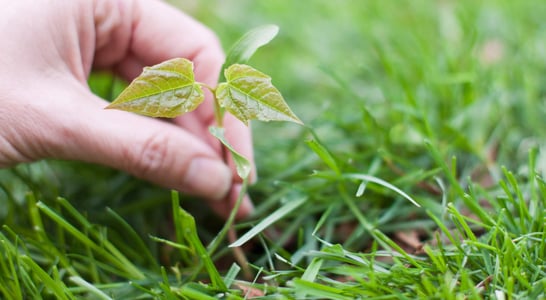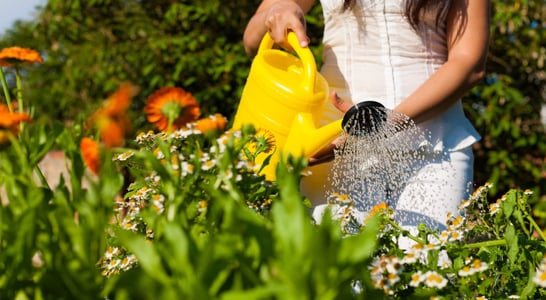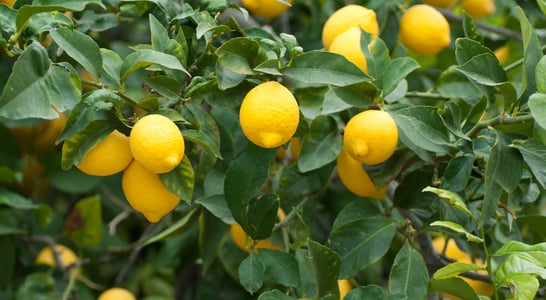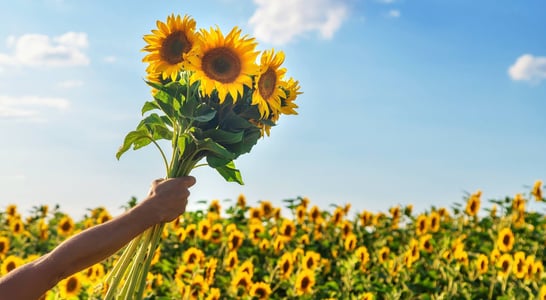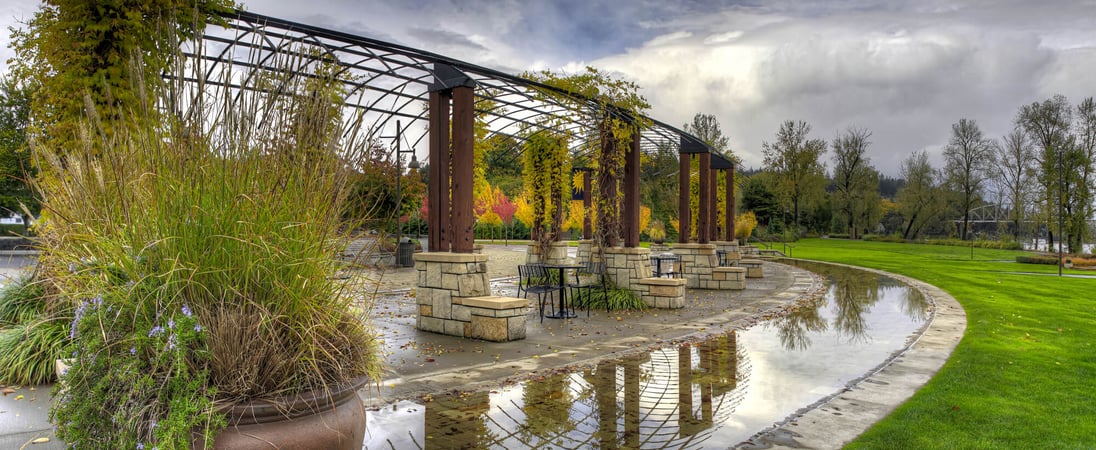
National Public Gardens Day
Get outside, get some fresh air, and literally stop and smell the roses by finding a public garden to stroll through and enjoy, by yourself or with those you love.
There are many different ways to define the word garden. Indeed, the term stretches to include everything from a small piece of land where flowers are grown to areas where we can plant fruit and veg. Similarly, gardens can be wide-open spaces that are filled with a large assortment of different plants.
These public spaces are often the perfect spot to spend time with family and friends outside or enjoy some incredible entertainment. It’s not uncommon for public spaces to be used for outdoor theater and live music. These areas are known as public gardens.
They’re a reminder of the beauty that nature holds, a great place for picnics, and taking kids out for a play date. But where did the first public garden originate and when? Come with us as we delve into more about National Public Gardens Day!
How to Celebrate National Public Gardens Day
Enjoy a Public Garden
Public gardens make beautiful centerpieces to cities and large communities. Filled with different assortments of flora and fauna, they are the bright and colorful beacon in the middle of a large and dully-colored metropolis.
From roses to chrysanthemums, all we have to do is go outside to a public garden and admire the variety of flora. The beauty of nature is not one to take lightly. So, let’s get out there! Maybe we can even plant our own gardens to add some color to our homes.
Support Local Public Gardens
While funding may come from government support, many public gardens also rely on donors to help them maintain the high standards they want to offer to their communities. They may also accept help from volunteers for upkeep including litter removal, weeding and more. Consider National Public Gardens Day as a good time to make a donation or consider volunteering to help out.
History of National Public Gardens Day
While public gardens may have origins deep in the past, Public Garden Day is a fairly modern celebration. Celebrations began in 2009 when it was established as a way to both enjoy and celebrate these beautiful spaces. The event was started through a collaboration between Rain Bird® and the American Public Gardens Association
The day is a time where there are campaigns to build awareness around these spaces and what they mean to the local community. As well as often being a prime location for public events, public gardens may also be an area for environmental conservation. As such, it’s common to find that on this day, there are campaigns to draw attention to this and ensure that both tourists and locals remember these locations.
Some people also view this day as the beginning of spring. This isn’t the official start of spring of course, but it does seem to be a time where more people go out and enjoy nature with their loved ones and people that they hold dear.
More About the History of Public Gardens
Mesopotamia, the “land between the rivers” Tigris and Euphrates, comprises a hilly and mountainous northern area and flat, alluvial south. Its peoples were urban and literate from about 3,000 BC.
Evidence for their gardens comes from written texts, pictorial sculpture, and archaeology. In western tradition, Mesopotamia was the location of the Garden of Eden and the Hanging Gardens of Babylon. Temple gardens developed from the representation of a sacred grove. Several distinct styles of the royal garden are also known.
The courtyard garden was enclosed by the walls of a palace. On a larger scale was a cultivated place inside the city walls. At Mari on the Middle Euphrates (c 1,800BC), one of the huge palace courtyards was called the Court of the Palms. It is crossed by raised walkways of baked brick; the king and his entourage would dine there.
The Hanging Gardens of Babylon are listed by classical Greek writers as one of the Seven Wonders of The World. The excavated ruins of Babylon do not reveal any suitable evidence, which has led some scholars to suggest that they may have been purely legendary. Mesopotamia is believed to be the origin of the public garden and we’d have to say we don’t disagree.
At Ugarit (1,400BC) there was a stone water basin, not located centrally as in later Persian gardens, for the central feature was probably a tree (date palm or tamarisk). The 7th century BC Assyrian king Assurbanipal is shown on a sculpture feasting with his queen, reclining on a couch beneath an arbor of vines, and attended by musicians.
Trophies of conquest are on display, including the dismembered head of the king of Elam hanging from a fragrant pine branch! A Babylonian text from the same period is divided into sections as if showing beds of soil with the names of medicinal, vegetable, and herbal plants written into each square, perhaps representing a parterre design.
On a larger scale, royal hunting parks were established to hold the exotic animals and plants which the king had acquired on his foreign campaigns. King Tiglath Pileser I (1,000BC) lists horses, oxen, asses, deer, gazelle, and ibex, boasting “I numbered them like flocks of sheep.”
From around 1,000 BC the Assyrian kings developed a style of city gardening incorporating a naturalistic layout, running water supplied from river headwaters, and exotic plants from their foreign campaigns.
Assurnasirpal II (883-859BC) lists pines of different kinds, including cypresses, junipers, almonds, dates, ebony, rosewood, olive, oak, tamarisk, walnut, terebinth, ash, fir pomegranate, pear, quince, fig, and grapevines. “The canal water gushes from above into the gardens; fragrance pervades the walkways; streams of water as numerous as the stars of heaven flow in the pleasure garden…
Like a squirrel, I pick fruit in the garden of delights.” The city garden reached its zenith with the palace design of Sennacherib(704-681BC) whose water system stretched for 50 km into the hills. The garden was higher and more ornate than any other and he boasted of the complex technologies he deployed, calling his garden palace “a Wonder for all Peoples”.
Also on ...
View all holidaysNational Military Spouse Appreciation Day
Military spouses often suffer long term separations, insecurity, frequent moves, and the constant fear of losing their spouse, so give them some support.
National Moscato Day
Host or attend a wine-tasting party, mix some Moscato cocktails, take a trip to wine country or just read up about the Muscat grape-based wine known as Moscato.
We think you may also like...
National Weed Appreciation Day
Often overlooked, these hardy plants bring a touch of nature to even the most urban spaces, thriving against the odds.
National Water a Flower Day
Pamper your indoor plants and flowers, and tend to your garden or window pots to make sure all your flowers get a drink on Water a Flower Day.
Plant a Lemon Tree Day
Lemon trees are good for the environment, and incredibly useful. Make lemonade, salad dressing, cocktails and more. Just plant a lemon tree and reap the benefits.




